
NO&T Japan Legal Update
The Act on Contracts for Security Interest by Assignment and Retention of Title (the “Act”), enacted on May 30, 2025, and promulgated on June 6, 2025, is expected to take effect by 2027 (within two years and six months from its promulgation date). The Act introduces significant changes to the legal framework for “security interests by assignment” (jou-to tanpo) over movables and receivables in Japan. This newsletter highlights three key aspects of the Act that are anticipated to substantially impact practice: (1) the express recognition of the ability to create subordinate (junior) security interests by assignment; (2) the new rule subordinating perfection by constructive transfer with retention of possession (sen-yu kaitei; hereinafter “Constructive Transfer”) to other methods; and (3) a transitional measure that preserves the priority of pre-enactment Constructive Transfer.
Under the previous legal framework, creating subordinate (junior) security interests by assignment was rarely utilized in practice. This was partly due to a lack of clarity as to the possibility of effectively establishing multiple security interests, given that security interests by assignment, unlike statutory security interests, were based solely on the form of an assignment. Although the Japanese Supreme Court’s decision of July 20, 2006 (Minshu Vol. 60, No. 6, p. 2499), included an explanation that appeared to recognize this possibility, the statement was not part of the binding holding. This created significant practical uncertainty concerning the effectiveness of junior security interests by assignment and their relation to senior interests, discouraging their use.
Article 7 of the Act directly addresses this issue by expressly providing for the creation of multiple security interests by assignment over the same property. The Act further clarifies the enforcement methods for security interests by assignment, thereby making the effect and treatment of junior security interests by assignment more concrete. This statutory clarification enhances legal certainty, particularly for subordinated financing arrangements like mezzanine finance. For instance, in mezzanine finance, where both senior and mezzanine lenders secure positions against the same movables or receivables, the Act now explicitly enables the establishment of such subordinated security interests, providing mezzanine lenders with greater predictability regarding their security’s effectiveness, enforcement, and priority.
In practice, security interests by assignment over movables in Japan have traditionally been perfected either through non-physical transfer of possession, i.e., by Constructive Transfer, or by registration under the Act on Special Provisions, etc. of the Civil Code Concerning the Perfection Requirements for the Assignment of Movables and Claims. Constructive Transfer refers to a situation where the original possessor (the assignor) retains physical possession of the relevant asset but manifests the intent to possess same on behalf of the assignee. This method has been criticized for its inherent lack of external publicity, as there is no physical transfer of possession. The assignor retaining physical possession makes it difficult for subsequent creditors to ascertain the existence and priority of security interests by assignment, causing uncertainty for third parties compared to perfection by registration.
Article 36 of the Act introduces a significant change: a security interest by assignment perfected by Constructive Transfer is now expressly subordinated to other security interests perfected by other methods, such as registration. This subordination rule means that a subsequent creditor who perfects its security interests by assignment by registration will have priority, even if another security interest was previously perfected by Constructive Transfer. In practice, this allows a lender creating a new security interest by assignment to easily confirm prior security interests by assignment with superior priority simply by checking the registration, thereby enhancing transactional safety and clarity. It is important to note, however, that the Constructive Transfer subordination rule does not apply to true sales. Therefore, lenders must continue to verify whether a true sale has occurred in transactions involving Constructive Transfer.
Furthermore, the subordination of Constructive Transfer promotes the use of registration, which offers greater publicity and thus greater clarity as a method of perfection. While there has been a tendency in Japan to avoid registration as a perfection method of security interests by assignment due to reputational concerns (i.e., publicizing that a borrower’s financial condition has deteriorated to the point of needing financing secured by movables or receivables), the new Constructive Transfer subordination rule may alter this mindset. This change significantly enhances the transparency, clarity, and reliability of security interests for financial institutions and other market participants.
Upon its effective date, the Act will apply to security agreements executed and security interests by assignment established prior to its enforcement. The introduction of the subordination rule for Constructive Transfer could have thus resulted in a sudden loss of priority for pre-enactment security interests perfected by this method. Such a change risks undermining the value of existing collateral, triggering financial covenant breaches, and causing a cascade of legal and commercial issues for lenders and borrowers alike. To mitigate these concerns, Supplementary Article 5 of the Act includes a transitional measure. This provision allows holders of security interests by assignment perfected by Constructive Transfer before the Act’s enforcement to preserve their original priority by registering their security interest by assignment either prior to the Act’s effective date or within a two-year window thereafter. If registration is completed within this period, the security interest’s priority will be determined based on the original date of Constructive Transfer, rather than the registration date.
In practice, given the new Constructive Transfer subordination rule, financial institutions and other secured parties should promptly review their portfolios to identify any security interests by assignment perfected solely by this method. It is advisable to prepare the necessary documentation and coordinate with borrowers to complete the registration process within the transitional period. Borrowers should also be aware that registration may require joint applications and additional information, and their loan agreements might need review for related provisions concerning fees or information obligations.
The Act marks a significant shift in the legal landscape for security interests by assignment over movables and receivables in Japan. All parties should review their existing security portfolios to identify interests by assignment perfected solely by Constructive Transfer and take steps to register them within the stipulated timeframe. For new transactions, parties should consider using registration for perfection rather than Constructive Transfer, as the practical advantages of the latter have largely been eliminated due to its inherent lack of clarity and transparency compared to registration.
This newsletter is given as general information for reference purposes only and therefore does not constitute our firm’s legal advice. Any opinion stated in this newsletter is a personal view of the author(s) and not our firm’s official view. For any specific matter or legal issue, please do not rely on this newsletter but make sure to consult a legal adviser. We would be delighted to answer your questions, if any.


Ryuji Oka


Yothin Intaraprasong, Theerada Temiyasathit (Co-author)


Yuichi Miyashita, Miho Susuki (Co-author)


Makoto Saito, Shinichiro Horaguchi, Yoshihisa Watanabe, Ramsay Randall (Co-author)


Ryuji Oka
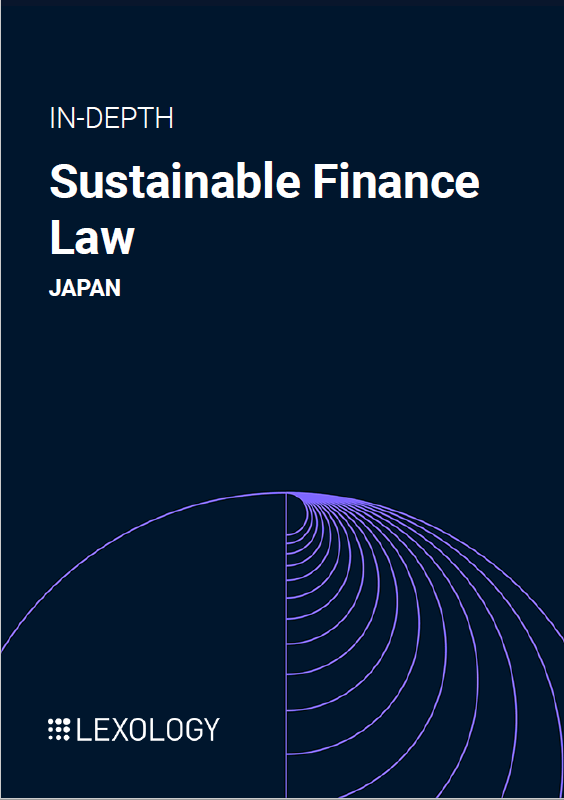

(December 2024)
Hiromi Hattori, Yuichi Miyashita (Co-author)
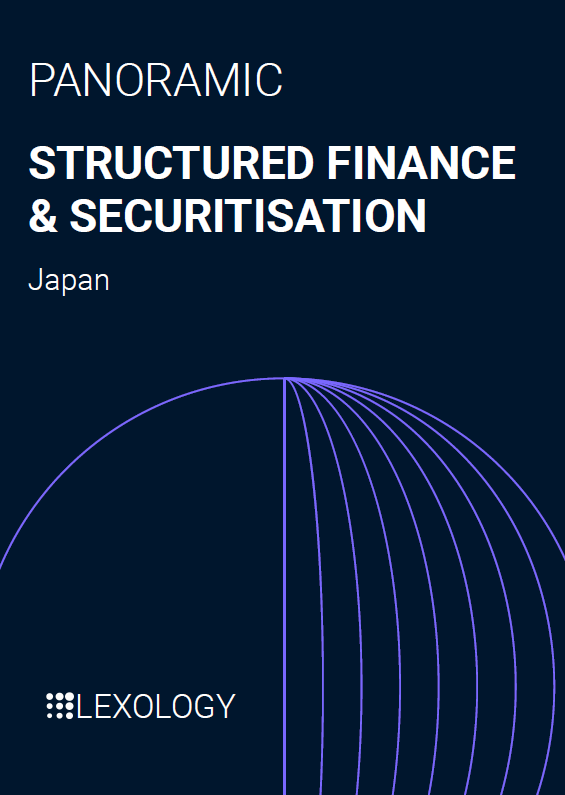

(February 2024)
Motohiro Yanagawa, Takashi Tsukioka, Yushi Hegawa (Co-author)
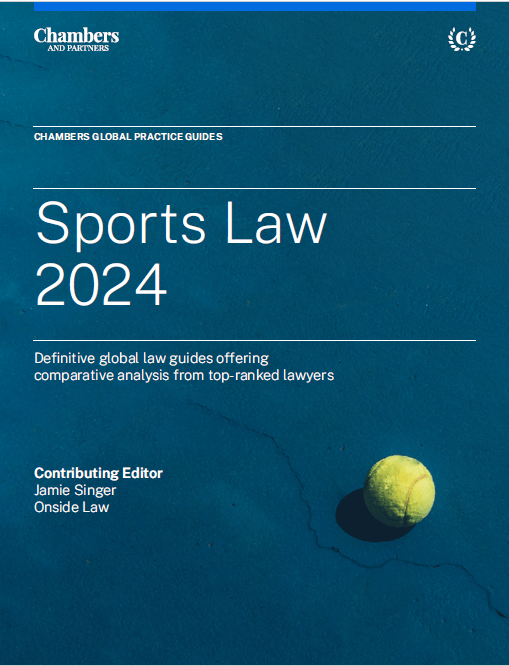

(April 2024)
Shiro Kato, Teruaki Arai (Co-author)


Ryuji Oka
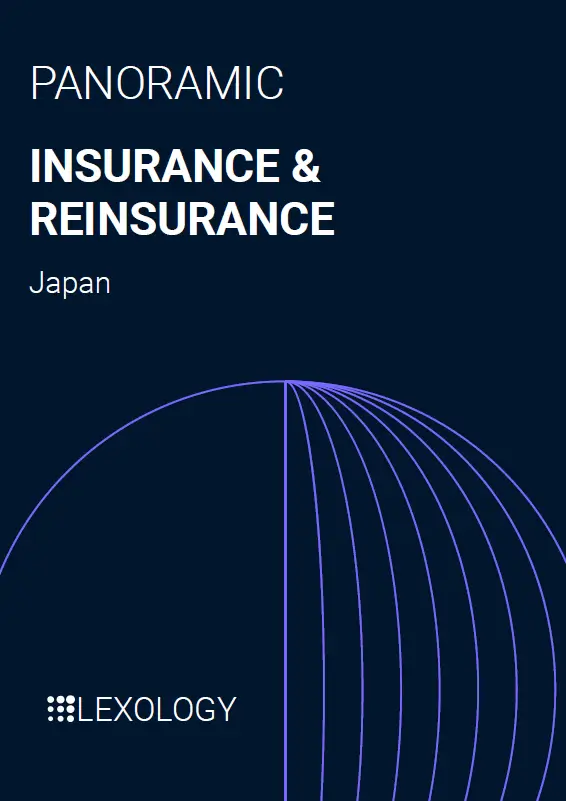

(May 2025)
Keitaro Oshimo


Ario Putra Pamungkas


(October 2024)
Sosuke Kimura (Co-author)


Ryuji Oka


Takehito Matsumoto
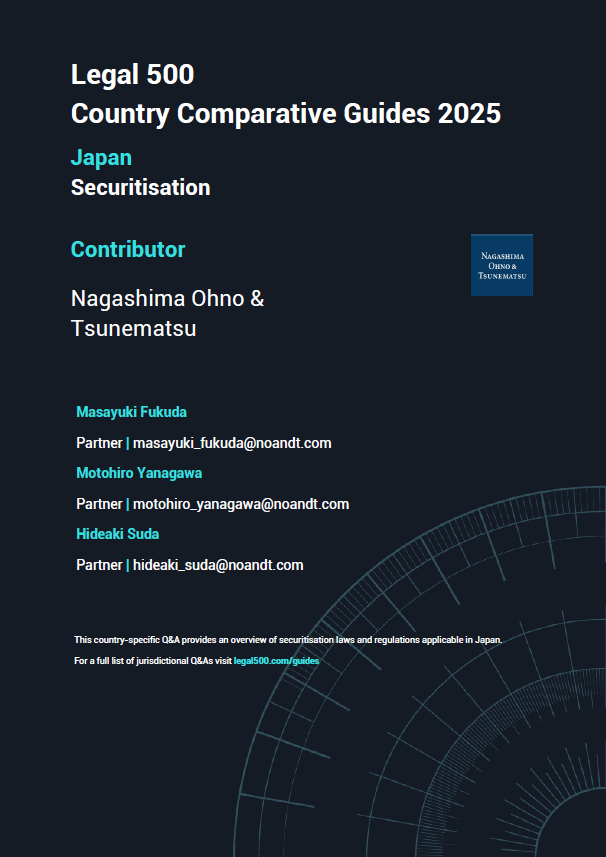

(March 2025)
Masayuki Fukuda, Motohiro Yanagawa, Hideaki Suda (Co-author)


(October 2024)
Keiko Shimizu, Koichiro Yoshimura (Co-author)


Yuan Yao Lee


Ryuji Oka


(January 2025)
Makoto Ito
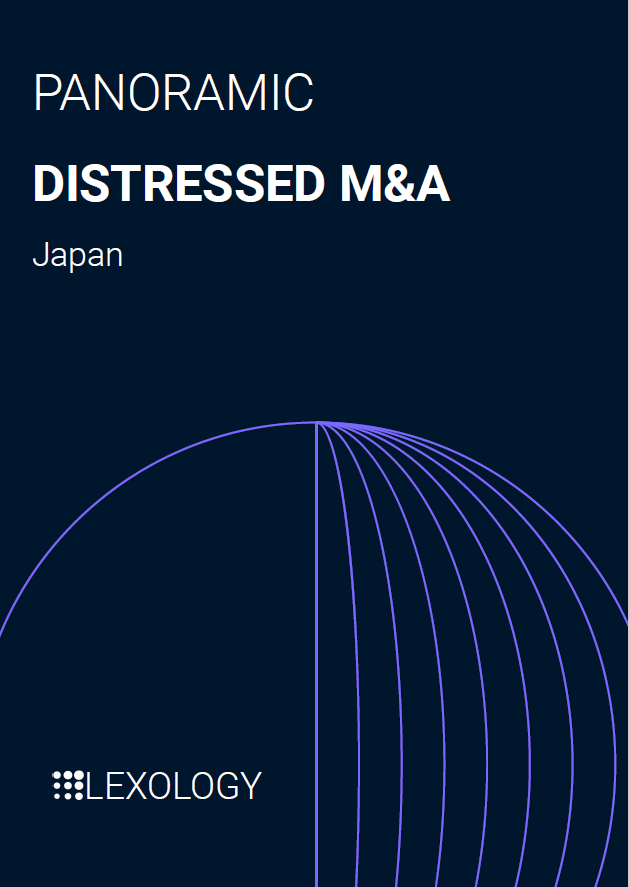

(December 2023)
Kei Asatsuma, Tomohiro Okawa (Co-author)